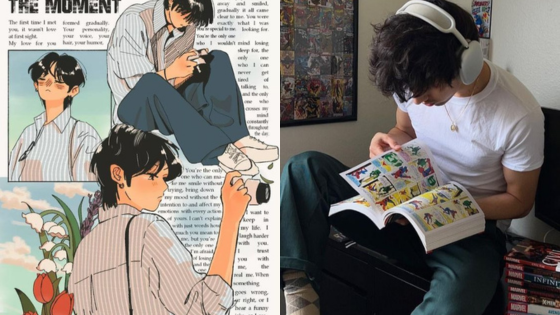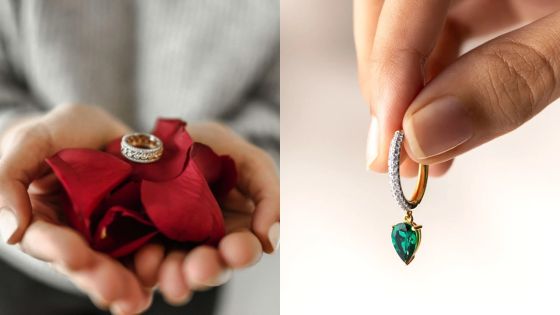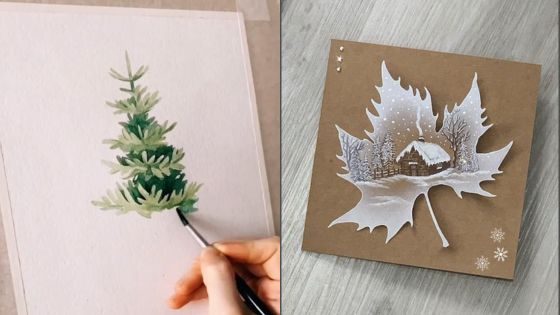Tattoos can be a powerful form of self-expression, enhancing your appearance while reflecting your individuality. Strategically placing tattoos can accentuate your body’s natural contours, creating a harmonious balance between art and anatomy. Choosing the right location for your ink is essential to achieving the desired aesthetic impact.
Understanding how different placements can work with your body’s shape is key. Thoughtful design choices can help you highlight your features and complement your overall look, ensuring that your tattoos enhance rather than detract from your natural form.
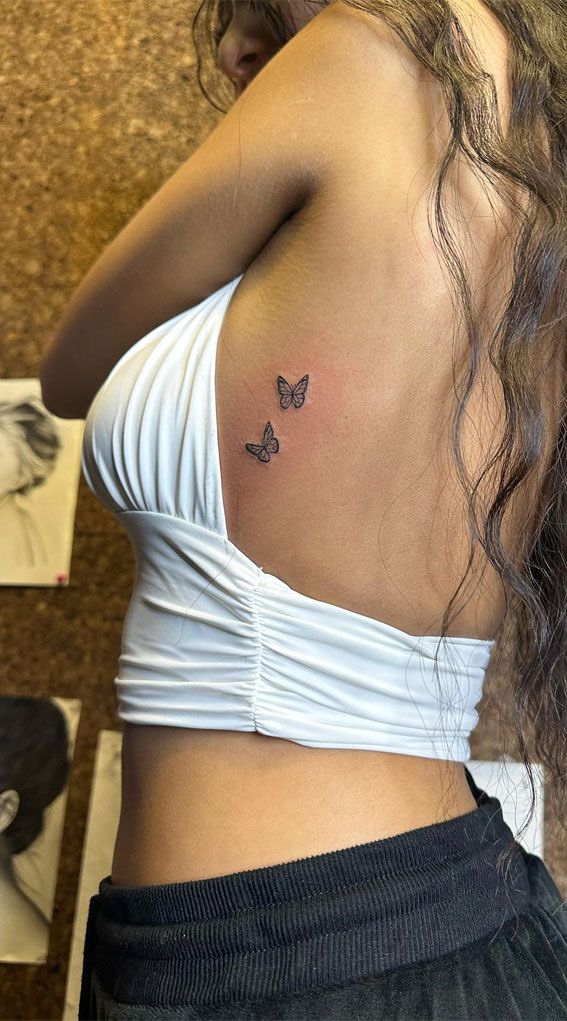
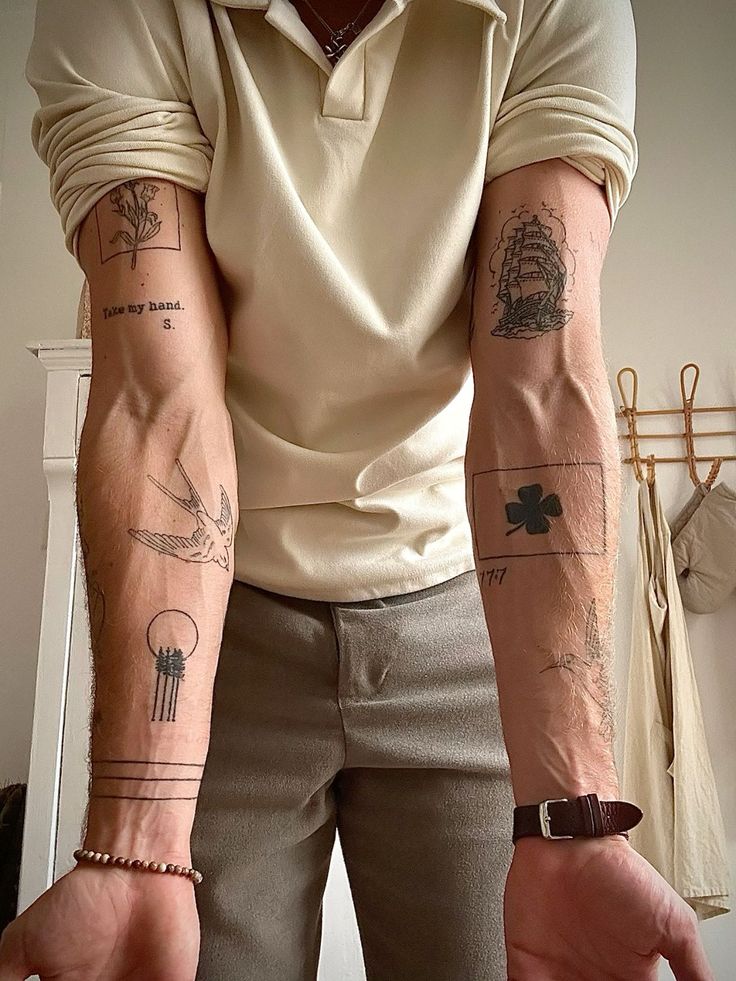
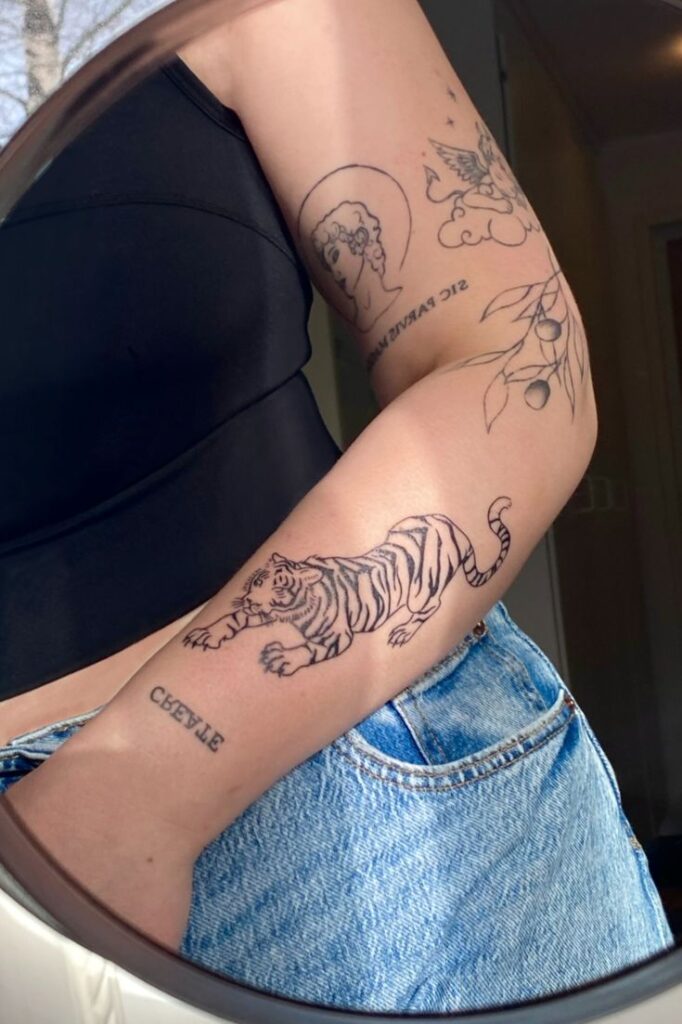
1) Shoulder Blade Symphony
Placing tattoos on your shoulder blades can create a captivating visual effect. This area allows for large designs that can enhance your upper body’s natural contours.
Consider how the placement of ink can accentuate your posture and movement. Tattoos here can look particularly striking when you wear sleeveless tops or during physical activities.
Symmetrical designs can draw attention to the spine and shoulders, creating a balanced aesthetic. Floral patterns, geometric shapes, or intricate illustrations can work well in this area.
You can also explore the use of negative space to add depth. The shoulder blade offers enough canvas for creativity while complementing your natural silhouette.
When choosing your tattoo, think about how it connects with your overall style. This is a personal expression that contributes to your unique identity.
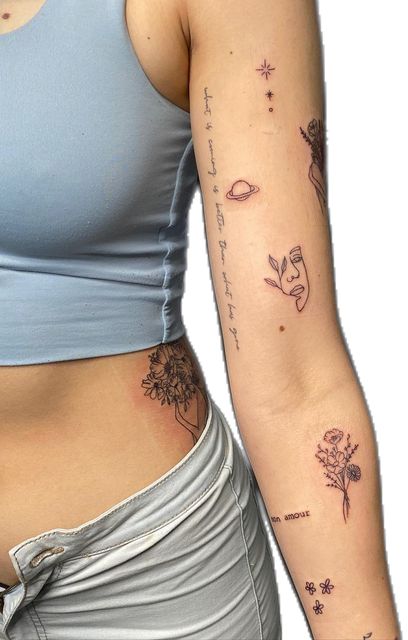
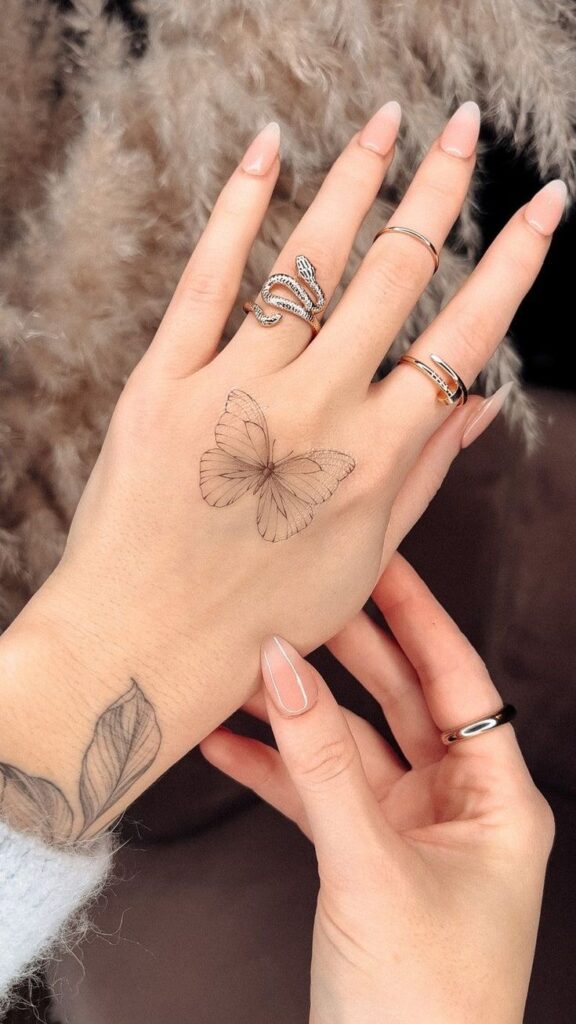
2) Wrist Whisperer
The wrist is an elegant and discreet canvas for tattoos. Here, you can choose designs that complement the arm’s natural lines while allowing for personal expression.
Consider delicate symbols or minimalist designs that resonate with your style. A small floral pattern or an inspiring word can become a subtle enhancement to your overall look.
Visibility is a key factor. With a wrist tattoo, you can easily choose when to showcase your ink or keep it hidden, depending on the occasion. This versatility allows for personal and professional settings.
Placement matters as well. Positioning the tattoo closer to your hand can draw attention, while placing it higher up can create a more understated effect. Both options offer unique aesthetics.
Think about how the tattoo interacts with your movements. The wrist’s natural range of motion can give life to your tattoo, making it dynamic and engaging, adding depth to the design.
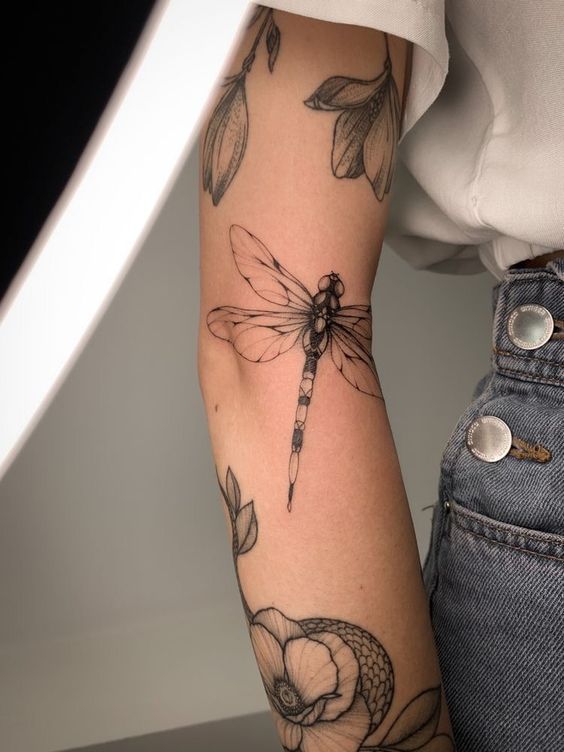
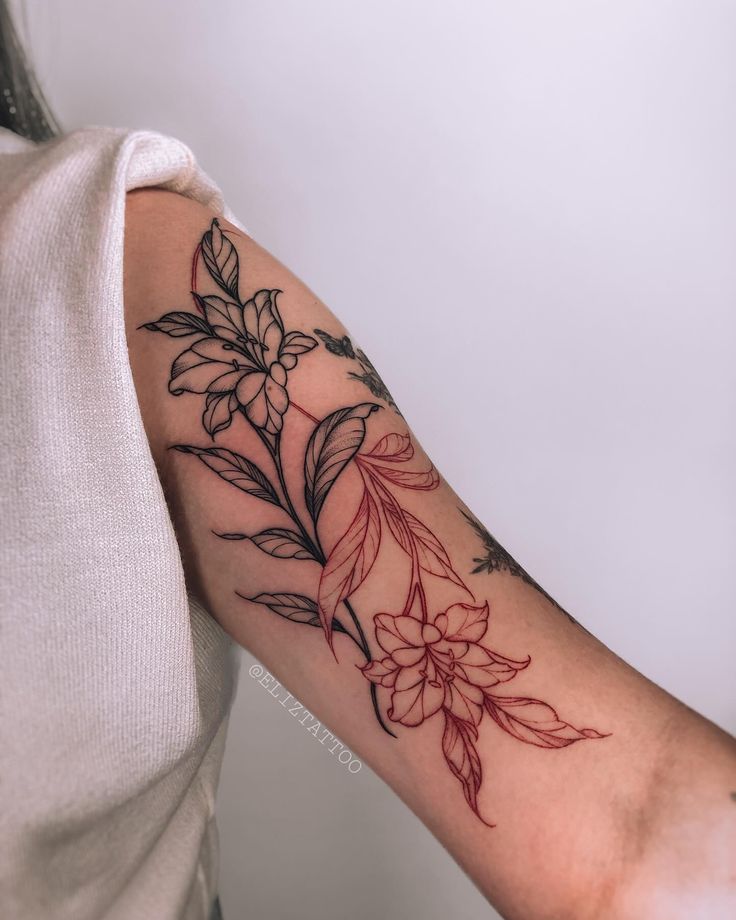
3) Collarbone Canvas
The collarbone area presents a unique opportunity for tattoo placement. Its natural contours can enhance the visual impact of your body art.
Small to medium-sized tattoos work particularly well here, as they can accentuate your collarbone’s lines without overwhelming the area. Consider designs that follow the bone’s curve for a harmonious look.
Floral motifs, delicate scripts, or geometric shapes can create a stunning effect. These designs can highlight your neckline and draw attention to your shoulders.
When choosing a tattoo for this area, think about visibility. The collarbone is often on display, making it a fashionable choice, especially in certain outfits.
Pain tolerance varies, so be prepared for some discomfort. The skin here is thinner, which can make the tattooing process more intense.
Lastly, consider how the tattoo will age with your skin. Collarbone tattoos can shift as your body changes, so select a design that you feel confident will stand the test of time.
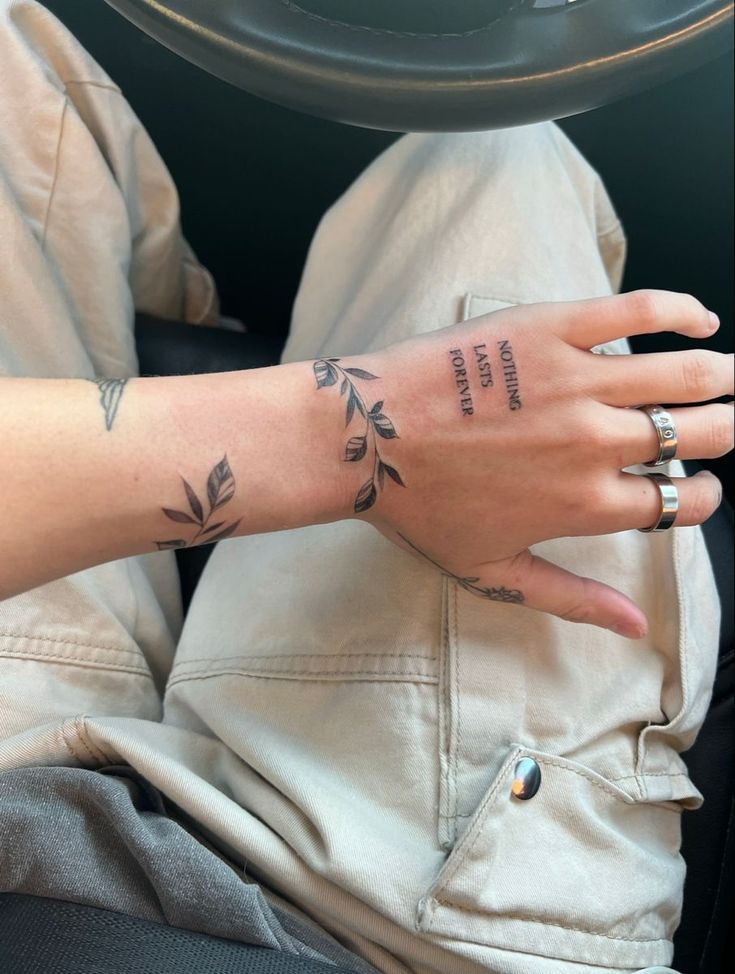
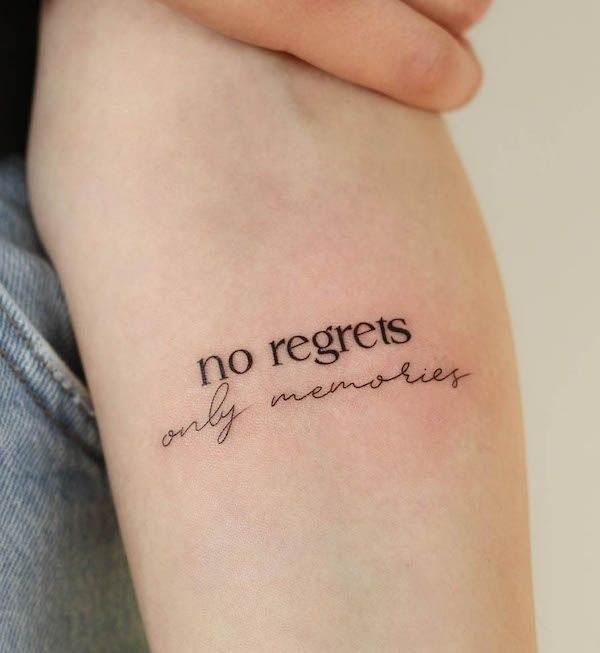
4) Spine Sublime
When considering tattoo placement along your spine, think about how the design can emphasize your body’s natural shape. A spine tattoo can create an elegant line that draws the eye upward or downward, enhancing your silhouette.
Choosing a design that flows with the spine’s curves can highlight your posture. Simple, elongated designs or mandalas can work well in this area. They can add an artistic touch without overwhelming your back.
Placement is key. A tattoo starting at the nape and extending down can give a lengthening effect. Alternatively, a piece situated lower can accentuate your lower back’s curves.
Consider the visibility of your tattoo. This placement can be easily hidden or shown off based on your clothing choices. It’s a versatile option for those wanting a personal yet discreet piece of art.
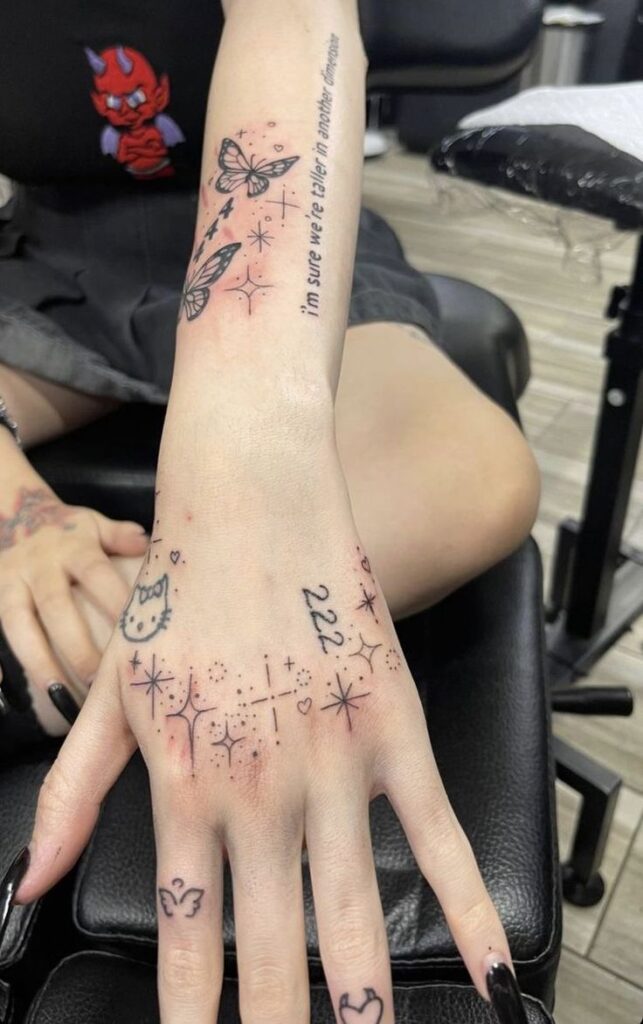
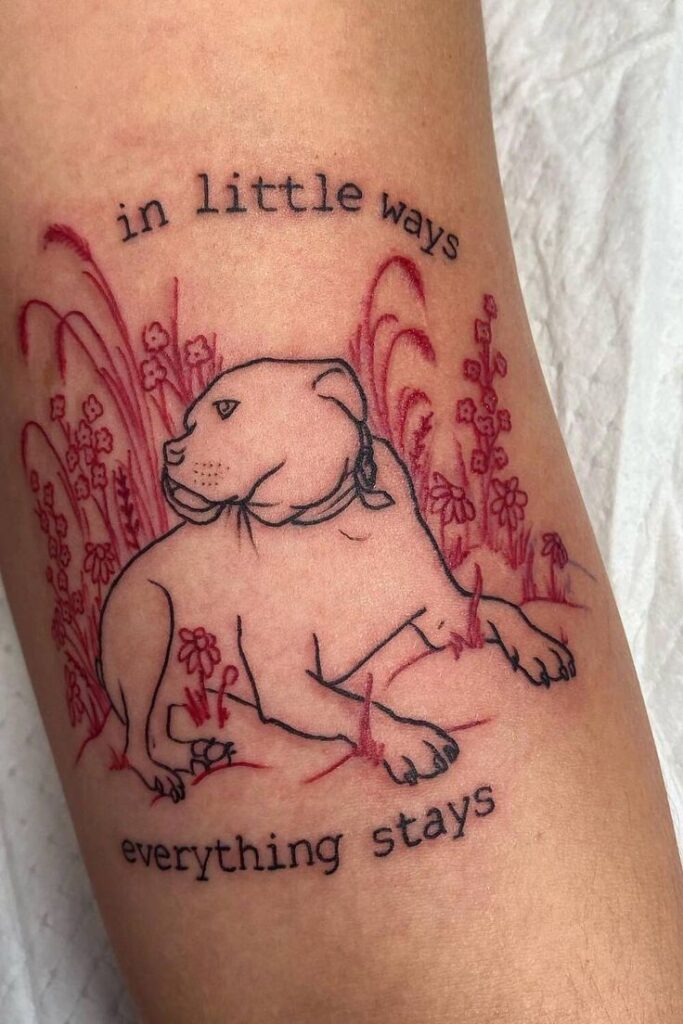
5) Hip Harmony
When choosing a tattoo for your hips, consider designs that accentuate your natural curves. The hip area offers a perfect canvas for art that flows with your body’s shape.
Floral designs, geometric patterns, or abstract art can blend beautifully with your silhouette. Placing a tattoo slightly above or below the hip bone creates a striking effect.
Placement on the hips can also draw attention to your waistline. This strategic positioning enhances your curves in a subtle yet powerful way.
Think about size and intricacy as well. A large tattoo may require thoughtful placement for maximum impact, while smaller designs can be positioned for a delicate touch.
Consider your personal style and lifestyle when choosing the design. Select something that resonates with you and fits your vision. This will ensure your tattoo not only complements your body but also feels meaningful.
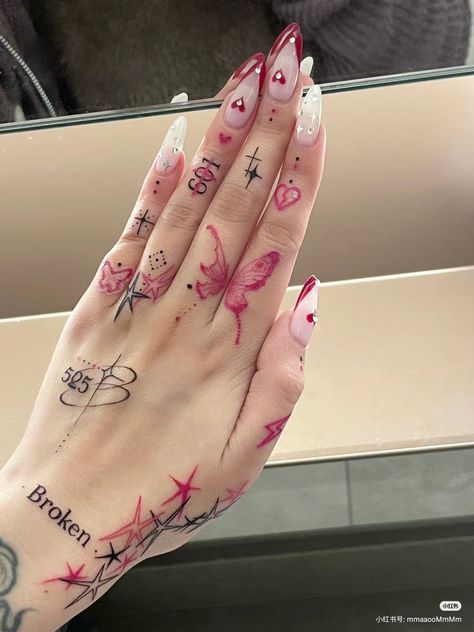
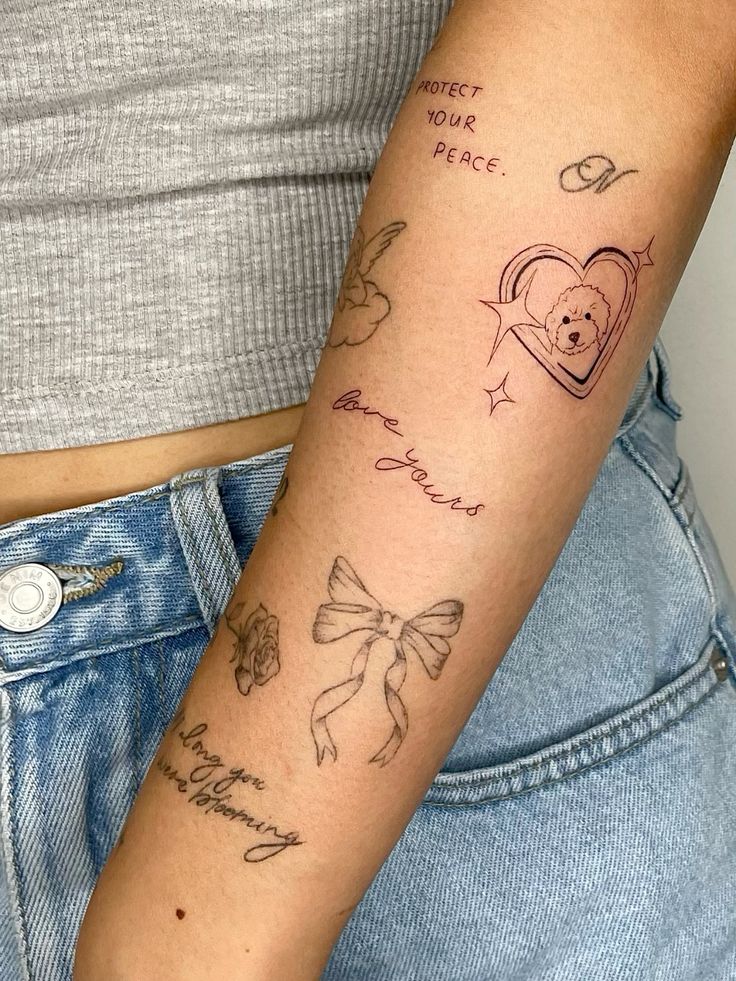
Understanding Body Contours
Body contours refer to the natural curves and lines of your physique. Recognizing these elements can significantly influence tattoo placement choices. By considering anatomy and aesthetics, you can enhance your body art’s visual impact.
Anatomy and Aesthetics
Your body consists of various anatomical features, from muscles to bones, contributing to its unique shape. Understanding these features allows you to choose tattoo placements that complement and accentuate your natural form.
For example, tattoos placed over defined muscles can emphasize shape and create a more striking appearance. Kinetic art, such as designs that follow the curvature of your arms or legs, can enhance movement illusion and draw attention.
Consider the following when planning tattoo placements:
- Muscle Definition: Strategic placement on areas like biceps or calves can highlight muscle tone.
- Bone Structure: Tattoos near prominent bones, like collarbones, can add sharpness.
- Proportions: Opt for sizes that ensure balance with your body dimensions.
Impact of Placement on Visual Flow
Tattoo placement can significantly influence how the eye moves across your body. This flow is critical in creating a harmonious visual experience.
When tattoos follow body contours, they create a sense of continuity. This approach ensures the art appears integrated into your physique rather than an isolated spot.
Eye-catching placements include:
- Curved Areas: Tattoos on rounded surfaces, such as shoulders, can flow beautifully with the body’s lines.
- Linearity: Long, narrow designs on arms or legs can elongate the appearance of those limbs.
- Focal Points: Use placement to guide attention to specific areas, enhancing your body’s best features.
By thoughtfully considering these factors, you will create a cohesive look that honors your body’s natural aesthetics.
Tattoo Design and Body Symmetry
Body symmetry plays a crucial role in tattoo design, enhancing your natural shape and proportions. When a tattoo complements your body’s lines, it can create an aesthetically pleasing effect that draws attention while maintaining balance. Below are two essential approaches to consider when planning your ink.
Balancing Art with Natural Lines
Your body’s natural lines can serve as guides for tattoo placement. Take into account areas like the shoulders, collarbones, and curves of the hips when choosing designs. Aim for tattoos that flow along these natural lines to create a seamless integration with your body.
Key Considerations:
- Placement: Think about where the tattoo will sit and how it influences surrounding areas.
- Design Type: Choose designs that enhance but don’t overpower your body’s shape.
Using flowing designs, such as floral patterns or waves, generally works well to accentuate the body’s form. This approach keeps the tattoo cohesive with your physique.
Considerations for Asymmetrical Designs
Asymmetrical tattoos can present unique challenges and opportunities. While they may not follow the conventional balance, careful thought about their placement can create an eye-catching contrast.
Think About:
- Asymmetry in Design: Incorporate elements that intentionally disrupt symmetry, such as abstract shapes or geometric patterns.
- Flow: Ensure that even asymmetrical designs have a natural flow that guides the eye.
Find specific areas that can carry asymmetrical designs effectively, such as the upper arms or sides. Be mindful of how these tattoos interact with body movements and changes in posture.
- 13.0Kshares
- Facebook0
- Pinterest13.0K
- Twitter0
- Reddit0
